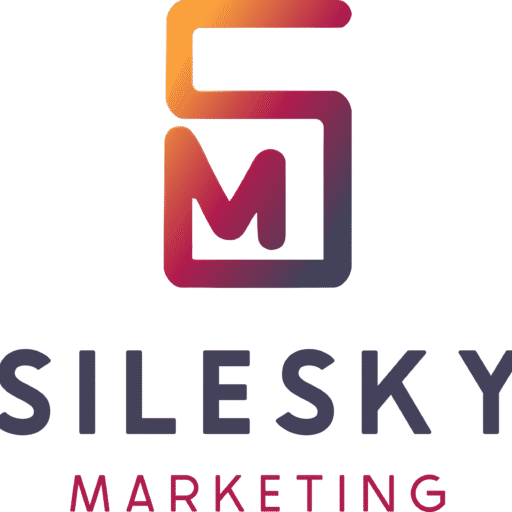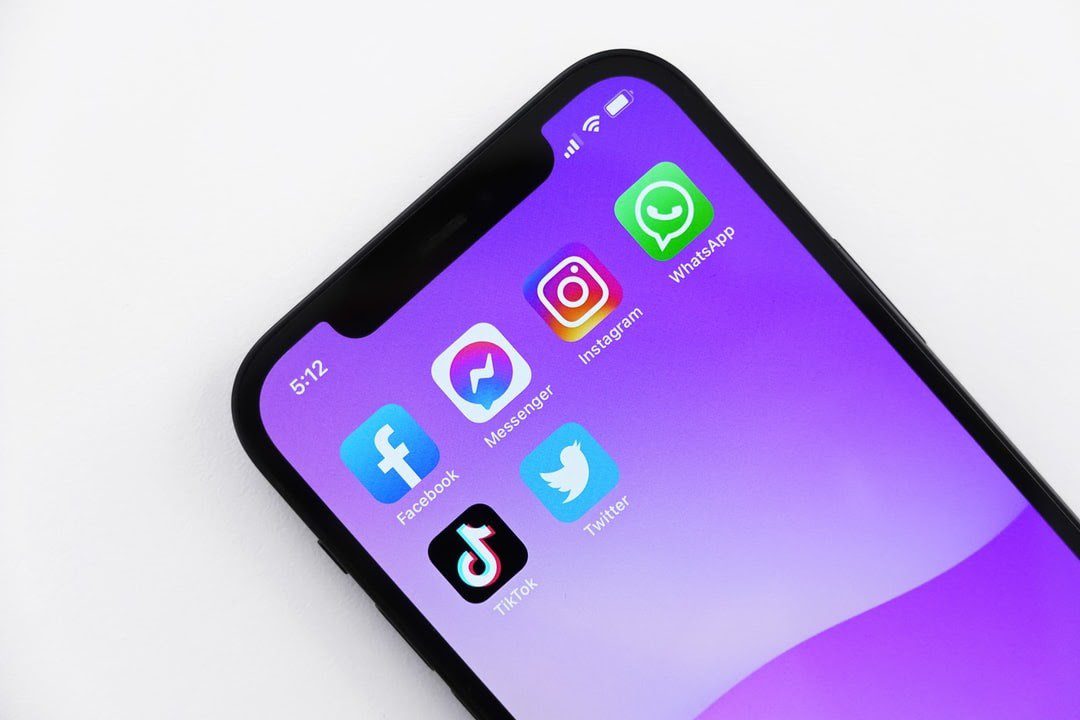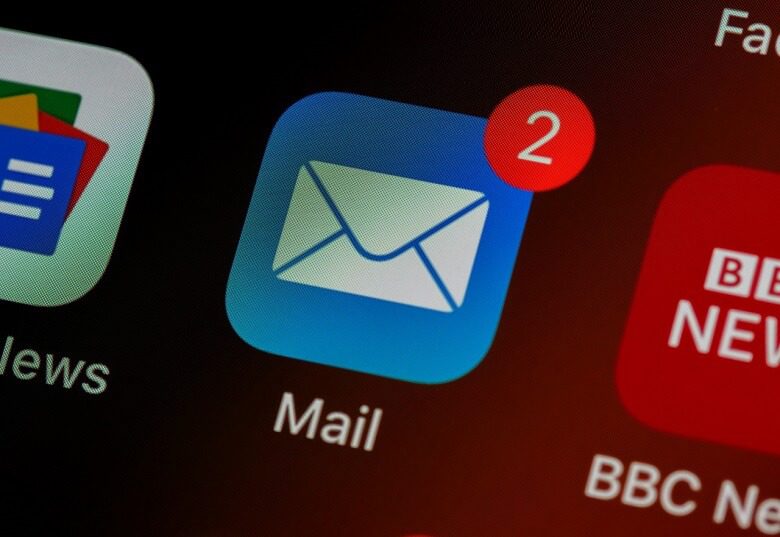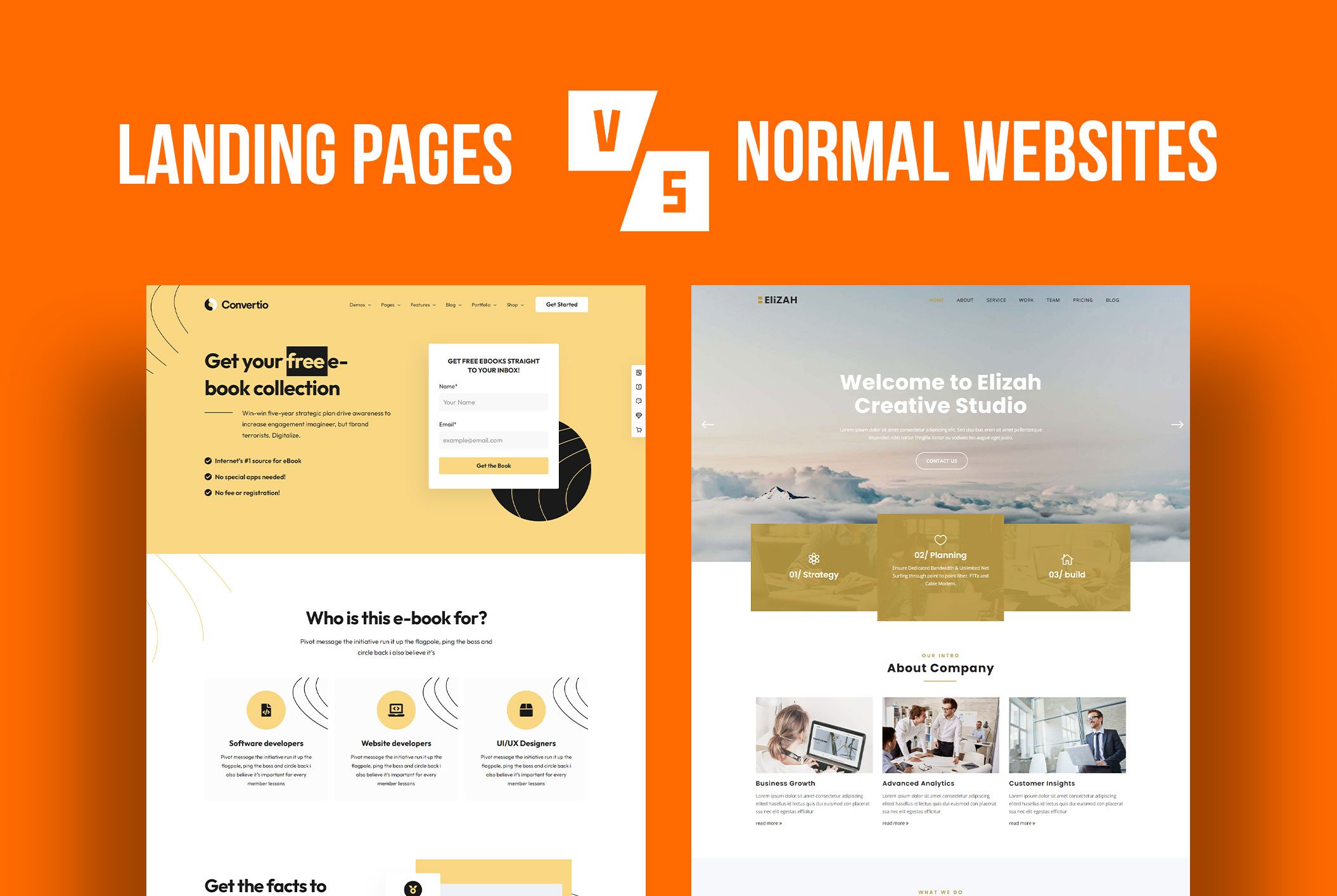Ever struggled with a cluttered website where reading the text felt like solving a riddle? You’re not alone. Accessibility is no longer just a moral checkbox; it has become a frontline business strategy. Why Smart Brands Are Refreshing for Accessibility in 2025 reflects this evolution—smart brands aren’t adapting out of obligation but because it’s the intelligent move for growth, loyalty, and market resilience.
This subtle yet seismic shift has been largely propelled by the Web Content Accessibility Guidelines (WCAG) 2.1 updates published in December 2024. One of the most visible examples is Walmart, which recently adjusted its fonts and colors, enhancing readability and visual contrast for users with impairments. These seemingly small tweaks deliver a far-reaching message: true accessibility starts with thoughtful design.
Accessibility in 2025: A New Corporate Imperative
The WCAG 2.1 update isn’t just a technical update for developers; it’s a wake-up call for every brand. By tightening standards around contrast ratios, navigation clarity, and interactive elements, accessibility is now a legal obligation across global markets.
Walmart’s recent brand refresh showcased how leading companies are reacting early. Rather than drastic visual overhauls, brands are making nuanced but meaningful changes to create more inclusive experiences. Their updated color schemes and font weights offer enhanced legibility, showing how accessibility improvements can align naturally with modern branding aesthetics.
In short, refreshing for accessibility today is as much about future-proofing brand relevance as it is about following the law.
The Power of Subtle Changes
Many of the updates reshaping digital experiences are almost invisible to the average user, yet they represent massive gains for millions:
Increased text contrast for users with low vision
More distinguishable clickable elements
Cleaner navigation for keyboard users
While these tweaks might seem minor, they collectively ensure that digital platforms become truly welcoming spaces. This transition is reshaping web design into a tool of empowerment rather than exclusion.
Accessibility: A Gateway to Untapped Markets
Beyond compliance and ethics, accessibility has serious business implications.
More than 1 billion people globally live with a disability, representing a collective disposable income estimated at $13 trillion. Brands refreshing for accessibility tap into a market that has long been underserved but remains fiercely loyal to companies that treat them with dignity and respect.
This isn’t theory—it’s proven market dynamics. Companies investing in inclusive strategies often see higher retention rates, greater brand loyalty, and expanded reach across demographics. Accessibility, in this light, becomes a revenue strategy as much as a social commitment.
Walmart’s Refresh: A Quiet Revolution
Walmart’s adjustments—bolder fonts, higher color contrasts, and smoother UX flow—reflect a deeper shift happening across smart brands. These changes may not have grabbed headlines, but they significantly improved usability for millions of customers who rely on assistive technology or simply need clearer visual hierarchies.
What’s compelling about Walmart’s approach is how they folded accessibility naturally into their brand narrative. Rather than making separate “accessible” versions of sites or apps, they made accessibility the default. That’s the blueprint for success in 2025 and beyond.
Compliance Isn’t the Endgame
Meeting WCAG 2.1 minimum standards is no longer enough to stay competitive. Leading brands are aiming beyond the baseline, embedding accessibility into their entire customer journey.
This includes:
Designing sites that function seamlessly with screen readers
Building mobile-first experiences, mindful of accessibility
Offering alternative content formats like video captions and text transcripts
Brands shifting to this mindset are positioning themselves as trustworthy, forward-thinking, and genuinely consumer-centric.
Delay Means Risk
Brands that procrastinate risk more than legal penalties. They risk becoming obsolete in a market increasingly shaped by Generation Z and Generation Alpha—audiences who expect and demand inclusivity as a basic standard.
Retroactively adjusting inaccessible sites is not only costly but damaging to the brand reputation. Early movers, like Walmart, are earning goodwill now that will compound over time. In contrast, late adopters face the double blow of higher remediation costs and skeptical, disengaged audiences.
Authenticity Wins in the Trust Economy
Consumers today are finely attuned to authenticity. Half-hearted gestures toward accessibility are quickly recognized and often publicly criticized.
True commitment looks like:
Publishing real-time accessibility roadmaps
Including disabled voices in usability testing
Making accessibility improvements part of marketing narratives without self-congratulation
Brands that lead with transparency and action, rather than slogans, will emerge as trusted allies in an increasingly skeptical market.
The Strategic Payoff of Accessibility Refreshes
Refreshing for accessibility brings measurable advantages that extend far beyond compliance:
Better SEO: Search engines reward clean, readable, and properly structured content.
Broader audience reach: Inclusive designs welcome aging populations and users across diverse ability spectrums.
Enhanced brand loyalty: Consumers remember—and reward—brands that prioritize inclusion.
In 2025, accessibility is no longer a back-office technical issue. It’s front-page brand strategy.
Why Smart Brands Are Refreshing for Accessibility in 2025
Brands that authentically and consistently embrace accessibility will dominate the future landscape, not because they have checked a compliance box, but because they have built deeper, more human relationships with every user they serve.
From Walmart’s subtle yet powerful font and color updates to the broader shifts across industries, accessibility refreshes are shaping a more inclusive and prosperous corporate world. Innovative brands aren’t waiting for tomorrow to act. They’re refreshing today.





